Analysts: AMSC needs to generate even more sales
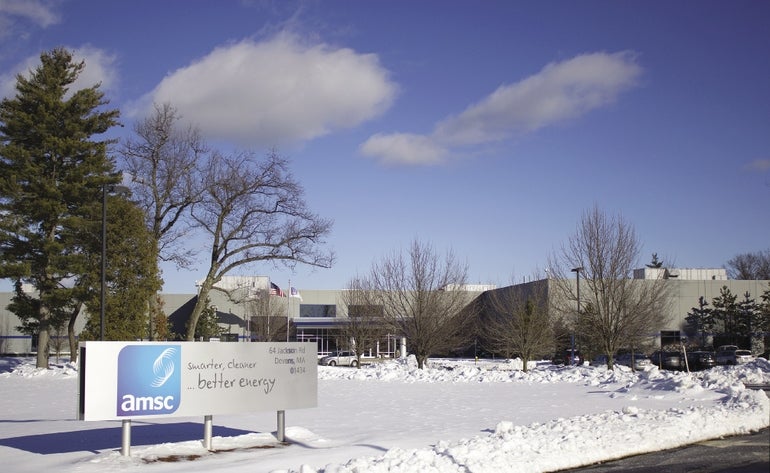 PHOTO/FILE
PHOTO/FILE
A series of strong sales from energy company AMSC in the last few months seem like good signals from the Devens-based company, but analysts are still looking for more as the organization continues to work toward profitability.
Since May, AMSC has secured $63.5 million in orders. These orders, which include an August order of $40 million from Inox Wind Ltd. of India for wind turbine electrical control systems (ECS), are good news for the company, but not enough to change the long-term prospects of the embattled firm, according to Theodore O’Neill, an analyst for Ascendiant Capital Markets LLC, who covers AMSC. He calculates that despite these orders, the company will still not be profitable by the end of the year.
Long road to profitability
“It’s good to see (the sales) and hopefully there will be a lot more coming, but we are still a ways away from profitability,” he said, emphasizing that AMSC needs big orders. “They don’t have any choice but to pursue anything that looks like a possible business opportunity.”
AMSC has been burning through cash since 2010, when its trade secrets were allegedly stolen by its largest customer, Sinovel Wind Group of China, which also refused to honor a $158.5 million contract. Since that time, AMSC has been embroiled in a $450 million lawsuit in China while trying to secure more wind customers and expand into other energy markets.
The company has been through ups and downs as it tries to battle back, managing to cut losses and boost revenue in the last two quarters. In April, AMSC stock climbed more than 35 percent the day it announced a potential Navy contract, which was subsequently confirmed at $8.5 million in May.
However there have been downs. Two days later, the stock fell 45 percent after it was announced that a Chinese court had dismissed AMSC's software copyright infringement case. AMSC is still contesting that decision.
The goal for the company should be to get a backlog of orders so it can raise more capital, said O’Neill, who is looking for these orders to come from the company’s wind energy program.
AMSC did not respond to a request for comment on this story.
New offerings
The company is branching out from wind power with a system that uses superconductors to disrupt electromagnetic detection of Navy ships by mines.
It’s also working on a resilient electrical grid project in Chicago that it hopes to expand into other communities. These two areas will take time to develop and rely too heavily on government and electrical company contracts, which can be difficult to secure for a company that needs money now, according to O’Neill.
Ardour Capital Analyst JinMing Liu, who also follows AMSC, agrees with O’Neill that the company needs more orders, but feels it must branch out from wind power and sees these two markets as the way forward. Wind power is a short-term solution, he said, with the company still relying on one major client.
It still needs to secure another large order from Inox within the next three months in order to extend orders into its 2016 fiscal year, he said. The $40-million order carries only to the end of the fiscal year.
“It’s a good order, but the market expects some follow-up orders,” Liu said. He would like to see more orders from the company’s other ventures. “The Navy order is good. That’s a new direction they are going … we expect they will get more. It is the U.S. government. It is a very good direction.”
Liu also wants to see the company reinvent itself and transition from a wind company to encompass more superconductor work. The potential for orders as a result of the resilient electrical grid technology, which modernizes the grid and allows a rerouting of power during outages, is significant as each has the potential to grow.
“It is going to take time, but once they secure more cities that is a big plus for AMSC. That is something I am looking for,” Liu said.
When it comes to money in the short term, it will be a matter of the cost of capital for the publicly traded company.
“It’s not about whether they can get the money, but about at what price,” he said, explaining that that’s what shareholders should be concerned about.



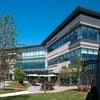


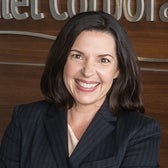
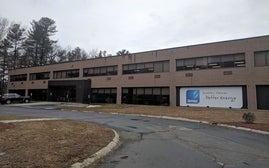
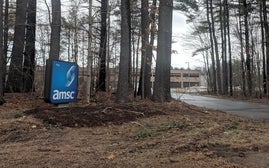



0 Comments